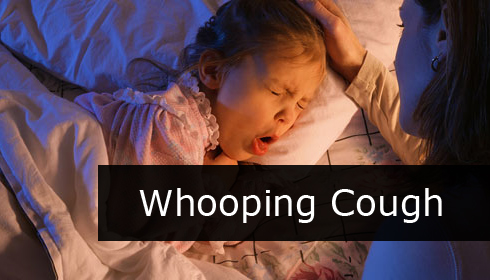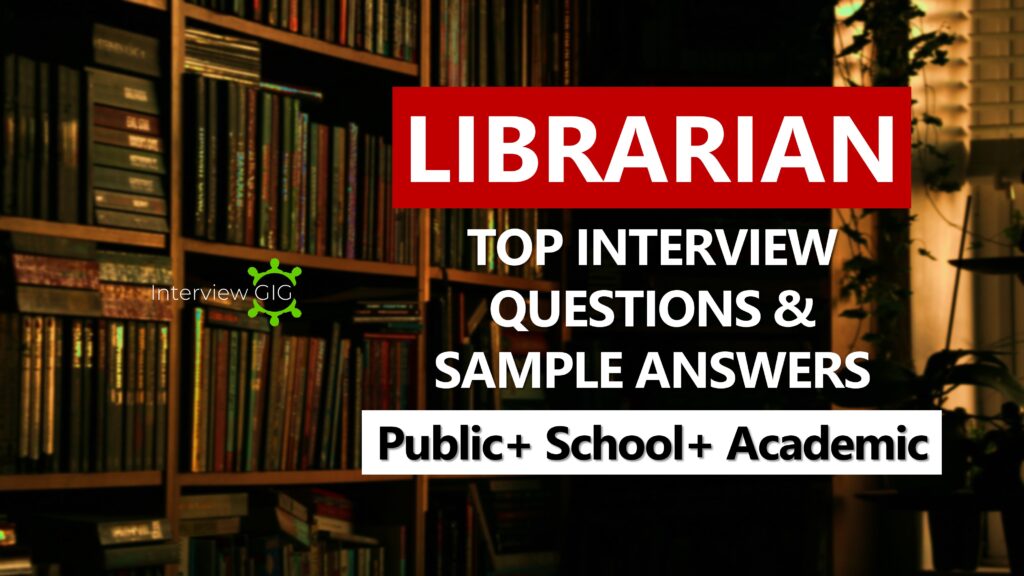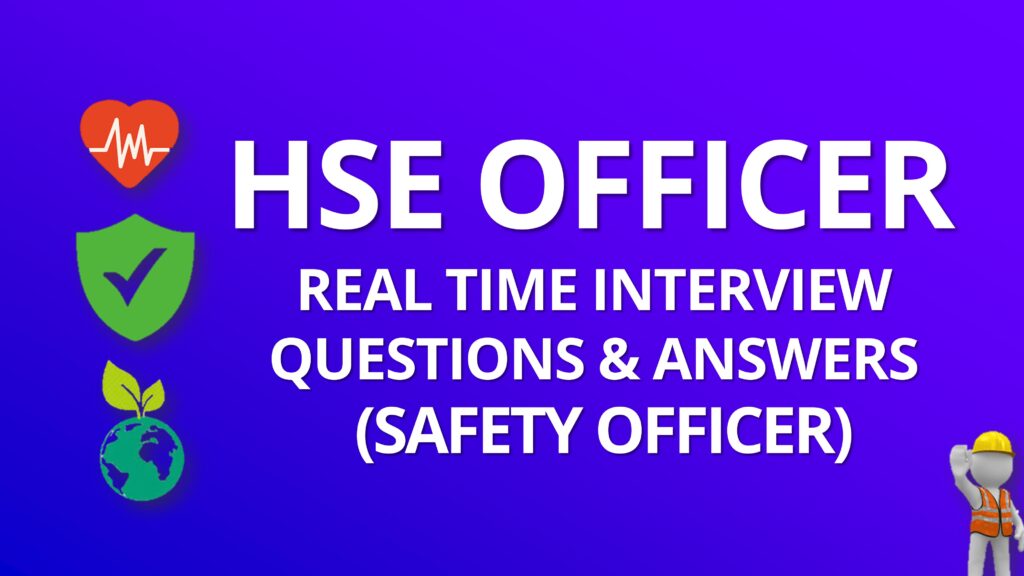The Pharma Safety Department plays a pivotal role in the pharmaceutical industry by ensuring the safety and efficacy of medicinal products. Comprising professionals well-versed in pharmacovigilance, risk management, and regulatory compliance, this department is dedicated to monitoring and assessing the safety profile of drugs throughout their lifecycle.
By collaborating with healthcare professionals, regulatory agencies, and internal stakeholders, the Pharma Safety Department proactively identifies, evaluates, and mitigates potential risks associated with pharmaceutical products. Their commitment to maintaining the highest safety standards contributes significantly to safeguarding public health and fostering trust in the pharmaceutical industry.
Here are Top Pharma Safety Department Interview Questions & Sample Answers
Question 1: What interests you about working in the safety department of the pharmaceutical industry?
Answer: I am passionate about ensuring the safety and well-being of individuals who use pharmaceutical products. Working in the safety department allows me to contribute directly to this important aspect of healthcare by monitoring and assessing the safety profiles of drugs throughout their lifecycle.
Question 2: Can you explain your understanding of pharmacovigilance and its importance in the pharmaceutical industry?
Answer: Pharmacovigilance is the science and activities related to the detection, assessment, understanding, and prevention of adverse effects or any other drug-related problems. It plays a crucial role in ensuring the ongoing safety of pharmaceutical products, providing valuable data to regulatory authorities, healthcare professionals, and patients.
Question 3: What do you know about adverse drug reactions (ADRs) and how are they reported and managed?
Answer: Adverse drug reactions are unintended and harmful responses to medications. They can range from mild to severe and may occur at any time during treatment. ADRs are reported through pharmacovigilance systems, where healthcare professionals, patients, and pharmaceutical companies submit reports to regulatory authorities. These reports are then analyzed to assess the risk-benefit profile of the drug and determine appropriate risk management strategies.
Question 4: How do you stay updated with regulatory requirements and guidelines related to drug safety?
Answer: I actively engage in continuous learning by regularly reviewing regulatory publications, attending workshops, and participating in relevant training programs. Additionally, I stay informed through professional networks, online forums, and industry conferences focused on pharmacovigilance and drug safety.
Question 5: Describe a situation where attention to detail was crucial in ensuring drug safety.
Answer: During my internship, I was responsible for reviewing adverse event reports for a new drug undergoing clinical trials. One instance required meticulous attention to detail when identifying potential signals of adverse reactions. By carefully analyzing the data and cross-referencing with existing safety profiles, I was able to identify emerging trends and escalate findings to the appropriate stakeholders for further evaluation.
Question 6: How do you prioritize and manage multiple tasks in a fast-paced environment like the safety department?
Answer: I prioritize tasks based on their urgency and impact on patient safety. I utilize time management techniques such as creating task lists, setting deadlines, and periodically reassessing priorities. Effective communication with team members and stakeholders also ensures alignment and facilitates timely completion of tasks.
Question 7: What steps would you take if you suspect a potential safety issue with a pharmaceutical product?
Answer: I would promptly document and investigate the suspected safety issue, gathering relevant information from internal and external sources. This may include reviewing adverse event reports, conducting literature searches, and collaborating with cross-functional teams. If necessary, I would escalate the issue to senior management and regulatory authorities, ensuring transparency and timely implementation of risk mitigation measures.
Question 8: How do you handle confidential information and maintain data integrity in the safety department?
Answer: I understand the importance of confidentiality and adherence to data protection regulations in the pharmaceutical industry. I follow established protocols for handling sensitive information, including secure storage, restricted access, and proper documentation. Additionally, I adhere to good documentation practices to ensure accuracy and integrity of safety data throughout the reporting and evaluation process.
Question 9: What is pharmacovigilance?
Answer: Pharmacovigilance is the science and activities related to the detection, assessment, understanding, and prevention of adverse effects or any other drug-related problems. It involves the collection, monitoring, and evaluation of safety data throughout a drug’s lifecycle.
Question 10: Explain the importance of adverse event reporting.
Answer: Adverse event reporting is crucial for monitoring and ensuring the safety of pharmaceutical products. It helps identify potential risks, evaluate the benefit-risk profile of drugs, and contributes to the continuous improvement of patient safety.
Question 11: What are the different phases of clinical trials, and how does safety monitoring vary in each phase?
Answer: Clinical trials have phases – Phase I, II, III, and IV. In Phase I, safety is the primary focus, with continuous monitoring for adverse events. Phase II and III involve larger populations and long-term safety assessments. Phase IV monitors safety post-marketing.
Question 12: What is the purpose of a Risk Management Plan (RMP) in drug development?
Answer: A Risk Management Plan outlines the potential risks of a drug and the strategies to mitigate them. It is designed to ensure the ongoing assessment and management of risks throughout the drug’s lifecycle, promoting patient safety.
Question 13: Explain signal detection in pharmacovigilance.
Answer: Signal detection involves the identification of potential safety concerns from a mass of data. This includes analyzing adverse event reports, clinical trial data, and scientific literature to recognize patterns or trends that may indicate a previously unrecognized safety issue.
Question 14: How do you assess the causality of an adverse event?
Answer: Causality assessment involves determining the likelihood that a drug caused an adverse event. Common methods include the Naranjo algorithm or the World Health Organization’s criteria. It considers factors like timing, dechallenge/rechallenge, and alternative explanations.
Question 15: What is a Serious Adverse Event (SAE), and how is it different from an Adverse Event (AE)?
Answer: A Serious Adverse Event is an adverse event that results in death, is life-threatening, requires hospitalization, or causes persistent or significant disability. AEs may not be as severe. Both require thorough reporting and evaluation.
Question 16: How is data collected for post-marketing surveillance?
Answer: Post-marketing surveillance involves collecting data from various sources, such as spontaneous reports from healthcare professionals and patients, literature reviews, and studies conducted by the pharmaceutical company. This continuous monitoring helps identify new safety concerns.
Question 17: What role does the safety department play in ensuring compliance with regulatory requirements?
Answer: The safety department ensures compliance by establishing and maintaining pharmacovigilance systems in accordance with regulatory guidelines. This includes timely reporting of adverse events, preparing regulatory submissions, and implementing risk management plans.
Question 18: Can you explain the concept of risk minimization measures in pharmacovigilance?
Answer: Risk minimization measures are strategies implemented to reduce the identified risks associated with a drug. These may include educational programs, restricted distribution, or additional monitoring. The goal is to enhance patient safety while maintaining access to the medication.
Question 19: Can you explain the concept of hazard identification in the pharmaceutical industry?
Answer: Hazard identification involves systematically recognizing and assessing potential sources of harm or danger in the pharmaceutical workplace. This process includes identifying chemical, biological, physical, ergonomic, and psychosocial hazards to ensure a safe working environment. It often involves thorough risk assessments and regular inspections.
Question 20: How do you determine the appropriate control measures for chemical hazards in a pharmaceutical laboratory?
Answer: Assessing and controlling chemical hazards involves implementing measures such as substitution, engineering controls, administrative controls, and personal protective equipment (PPE). The selection of control measures should be based on the hierarchy of controls, prioritizing elimination or substitution over administrative or PPE measures.
Question 21: What is the significance of Process Safety Management (PSM) in pharmaceutical manufacturing, and how do you implement it?
Answer: Process Safety Management is crucial for preventing catastrophic incidents in manufacturing processes. It involves identifying, understanding, and managing potential hazards associated with the processing of hazardous chemicals. Implementation includes comprehensive process hazard analyses, regular equipment inspections, and employee training on safety procedures.
Question 22: How do you ensure compliance with Occupational Safety and Health Administration (OSHA) standards in a pharmaceutical manufacturing facility?
Answer: Compliance with OSHA standards involves a proactive approach to workplace safety. This includes regular safety training for employees, conducting hazard assessments, maintaining proper record-keeping, and ensuring that safety protocols are consistently followed. Periodic audits and inspections help identify and rectify any deviations from OSHA guidelines.
Question 23: Explain the importance of ergonomics in pharmaceutical manufacturing and provide an example of its application.
Answer: Ergonomics is vital for designing workspaces and tasks that consider human capabilities and limitations. In pharmaceutical manufacturing, proper ergonomic design reduces the risk of musculoskeletal disorders among workers. An example would be designing workstations with adjustable height to accommodate different operators and tasks.
Question 24: How do you manage the safe handling of potent compounds in pharmaceutical research and development?
Answer: Safe handling of potent compounds involves implementing robust containment strategies, including the use of isolators, gloveboxes, and specialized equipment. Employees handling potent compounds should undergo extensive training, and strict protocols for cleaning, waste disposal, and personal protective equipment use should be in place.
Question 25: Describe the process of conducting a Job Safety Analysis (JSA) in a pharmaceutical manufacturing setting.
Answer: Conducting a Job Safety Analysis involves breaking down a specific job into individual tasks, identifying potential hazards associated with each task, and determining preventive measures. It includes collaboration with employees performing the job, reviewing historical incident data, and ensuring that safety procedures are integrated into the work processes.
Question 26: How do you address electrical safety concerns in a pharmaceutical facility?
Answer: Electrical safety is ensured by implementing measures such as regular equipment inspections, using equipment with safety features, ensuring proper grounding, and providing employee training on electrical safety protocols. Additionally, compliance with relevant electrical codes and standards is critical.
Below are some useful Topics for interview questions and answers related to pharmaceuticals, covering Pharma production, Organic Chemistry, Chemist R&D ,Pharmacist ,Quality Control, and Quality Assurance roles.
- Pharma Production Interview Questions and Answers
- Safety Officer Interview Questions And Answers
- Quality Control Interview Questions & Answers In Pharma
- Pharmacist Interview Questions And Answers
- Chemist Interview Questions and Answers (Basics & Organic Chemistry)
- Quality Assurance Interview Questions in Pharma Industry





